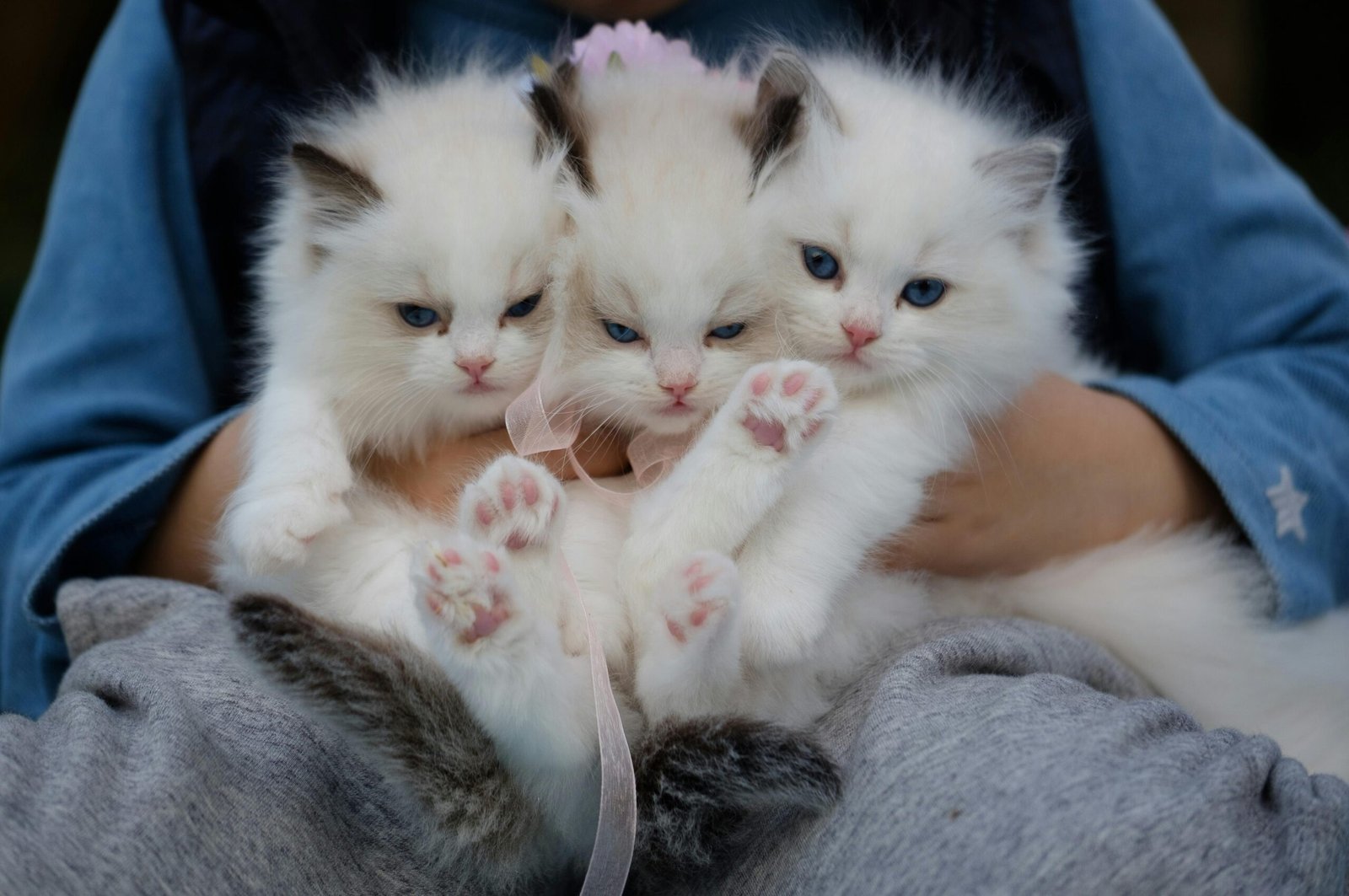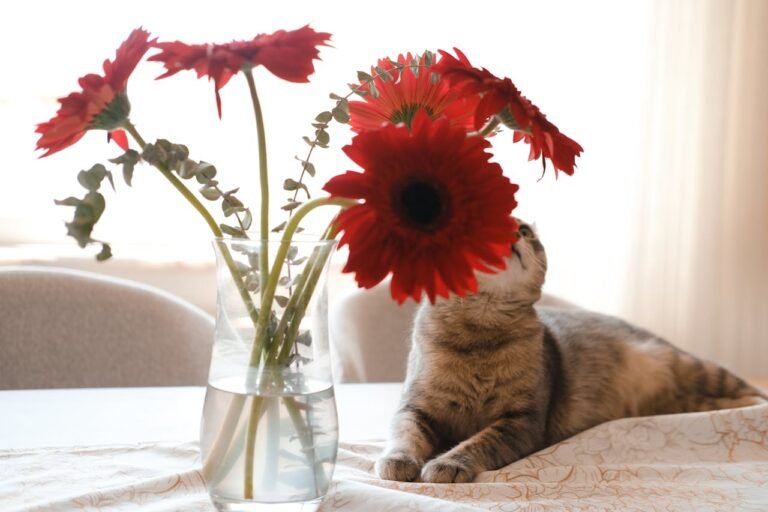Why Your Cat Ignores You (And How to Build a Better Bond)
Does your feline friend seem to treat you like invisible furniture? You’re not alone. Many cat parents wonder why their beloved pet appears indifferent to their presence, choosing to ignore calls, cuddles, and even treats. Understanding the psychology behind your cat’s behavior is the first step toward building a stronger, more meaningful relationship with your furry companion.
Understanding Cat Communication and Social Behavior
Unlike dogs, who have been selectively bred for thousands of years to work closely with humans, cats retain much of their wild ancestor’s independent nature. This fundamental difference in evolutionary development means that cats communicate and bond differently than we might expect.
Cats are naturally solitary hunters in the wild, which influences their domestic behavior significantly. They don’t have the same pack mentality that drives dogs to seek constant approval and interaction with their human family members. Instead, cats operate on their own terms, choosing when and how to engage socially.
Key Insight: Your cat isn’t ignoring you out of spite or dislike. They’re simply operating according to their natural behavioral patterns, which prioritize independence and selective social interaction.
Common Reasons Why Cats Appear to Ignore Their Owners
1. Overstimulation and Sensory Overload
Cats have incredibly sensitive hearing and can detect sounds up to 64,000 Hz, compared to humans who hear up to 20,000 Hz. Your enthusiastic calls or sudden movements might actually be overwhelming rather than inviting. When cats feel overstimulated, their natural response is to withdraw and ignore the source of stimulation.
2. Inconsistent Interaction Patterns
Cats thrive on routine and predictability. If your interaction style varies dramatically from day to day, or if multiple family members have different approaches to engaging with your cat, this inconsistency can lead to confusion and withdrawal. Cats prefer knowing what to expect from their human companions.
3. Stress and Environmental Factors
Changes in the household, new pets, visitors, or even rearranged furniture can cause stress in cats. When stressed, cats often become more withdrawn and less responsive to human interaction. They may appear to ignore you when they’re actually trying to cope with environmental anxiety.
Important Note: If your typically social cat suddenly becomes withdrawn and ignores you consistently, this could indicate illness or pain. Always consult with a veterinarian if you notice sudden behavioral changes.
4. Learned Behavior from Past Experiences
Cats have excellent memories, especially when it comes to negative experiences. If previous interactions resulted in something unpleasant (like being grabbed for nail trimming or medication), your cat may have learned to avoid human contact as a protective mechanism.
5. Natural Personality Traits
Just like humans, cats have distinct personalities. Some cats are naturally more aloof and independent, while others are social butterflies. Breed characteristics also play a role – some breeds like Siamese cats tend to be more vocal and social, while others like Russian Blues may be more reserved.
The Science Behind Feline-Human Bonding
Recent research in animal behavior has revealed fascinating insights into how cats form attachments with humans. A groundbreaking 2019 study published in Animal Cognition found that cats do form secure attachments with their owners, similar to the bonds between children and parents.
“Cats show clear signs of attachment to their human caregivers, but they express this attachment differently than dogs or even human children. Understanding these subtle signals is crucial for building stronger relationships with our feline companions.”
The study revealed that cats use their owners as a “secure base” – meaning they feel more confident exploring and playing when their trusted human is present. However, cats express this attachment through subtle behaviors that many owners miss or misinterpret.
Building a Stronger Bond with Your Cat
Respect Their Space
Allow your cat to approach you rather than forcing interactions. Cats appreciate having control over social situations and will be more likely to engage when they feel safe and in control.
Learn Cat Body Language
Understanding tail positions, ear movements, and eye contact helps you communicate more effectively. A slow blink from your cat is actually a sign of trust and affection.
Establish Routine
Create consistent feeding times, play sessions, and interaction patterns. Cats feel more secure when they can predict their daily routine.
Use Positive Reinforcement
Reward your cat with treats, gentle petting, or play when they approach you. This creates positive associations with human interaction.
Practical Strategies to Encourage Interaction
The Power of Play
Interactive play is one of the most effective ways to bond with your cat. Use feather wands, laser pointers, or small toys to engage your cat’s hunting instincts. Schedule regular play sessions, ideally before meals when your cat’s prey drive is strongest.
During play, let your cat “win” by catching the toy occasionally. This satisfies their need for a successful hunt and builds confidence. Always end play sessions on a positive note, followed by a small treat or meal.
Creating Safe Spaces
Ensure your cat has access to high perches, hiding spots, and quiet areas where they can retreat when needed. Cats feel more confident interacting when they know escape routes are available. Consider installing cat trees, shelves, or providing cardboard boxes in various locations.
Pro Tip: Place comfortable resting spots near areas where you spend time. Many cats prefer to be near their owners without direct interaction – this is called “social proximity” and is actually a sign of affection.
Food-Based Bonding
Use meal times and treats strategically to build positive associations. Hand-feeding small treats or placing food near you can help create positive connections. Some cats respond well to puzzle feeders or interactive feeding toys that require human participation.
Gentle Physical Contact
When your cat does approach, offer gentle interaction through slow movements and soft touches. Most cats prefer being petted on the head, behind the ears, and under the chin rather than on the belly or paws. Always let your cat initiate contact first until trust is established.
Understanding Your Cat’s Unique Communication Style
Vocal Communication
Cats develop unique vocal patterns with their human families. Pay attention to the different types of meows, chirps, and purrs your cat makes. Each sound often has a specific meaning or request. Responding appropriately to these vocalizations strengthens your communication bond.
Visual Signals
Cats communicate volumes through their eyes, ears, and tail positions. A cat with forward-facing ears and a gently swishing tail is likely interested in interaction, while flattened ears and a puffed tail indicate stress or fear. Learning to read these signals helps you approach your cat at the right moments.
Scent Communication
Cats have scent glands in their cheeks, forehead, and paws. When they rub against you or knead with their paws, they’re marking you with their scent – a sign of ownership and affection. This behavior indicates that your cat considers you part of their family group.
Common Mistakes That Push Cats Away
Forcing Interactions
One of the biggest mistakes cat owners make is trying to force affection. Picking up a reluctant cat, cornering them for pets, or pursuing them when they walk away creates negative associations with human contact. Patience and respect for boundaries are essential.
Inconsistent Behavior
Mixed signals confuse cats and can damage trust. If you sometimes allow your cat on furniture and sometimes don’t, or if you respond to their attention-seeking behavior inconsistently, your cat may become uncertain about how to interact with you.
Loud or Sudden Movements
Cats are prey animals and remain alert to potential threats. Loud voices, sudden movements, or unpredictable behavior can trigger their flight response. Maintaining calm, gentle energy around your cat encourages approach rather than avoidance.
Remember: Punishment or negative reinforcement never works with cats and will only damage your relationship. Cats don’t understand punishment in the same way dogs do and will simply associate you with negative experiences.
Special Considerations for Different Life Stages
Kitten Socialization
Kittens have a critical socialization period between 3-7 weeks of age. During this time, positive human contact is crucial for developing social cats. However, even adult cats can learn to enjoy human companionship with patience and proper techniques.
Senior Cat Needs
Older cats may become less interactive due to arthritis, decreased hearing or vision, or other age-related conditions. Senior cats often appreciate gentler, more predictable interactions and may need modifications to their environment to remain comfortable and social.
Multi-Cat Households
In homes with multiple cats, some cats may compete for human attention while others prefer to maintain distance. Understanding each cat’s personality and providing individual attention helps ensure all cats feel secure and valued.
Creating Long-Term Success
Building a strong bond with your cat is a gradual process that requires patience, consistency, and respect for your cat’s individual personality. Success is measured not by constant interaction, but by your cat’s willingness to seek you out and their overall comfort level in your presence.
Remember that some cats will never be lap cats, and that’s perfectly normal. The goal is to create a relationship where your cat feels safe, valued, and connected to you in their own unique way. Many cat owners find that once they stop trying to force interaction and instead focus on creating positive associations, their cats become more interested in spending time together.
Final Thoughts
Your cat’s apparent indifference isn’t personal – it’s simply how they navigate the world as natural introverts with specific social needs. By understanding their communication style, respecting their boundaries, and creating positive associations with your presence, you can build a deeper, more satisfying relationship with your feline friend.
The key to success lies in patience, observation, and allowing your cat to be themselves while gradually building trust through positive experiences. With time and consistent effort, even the most aloof cats can learn to enjoy and seek out human companionship on their own terms.







2 Comments